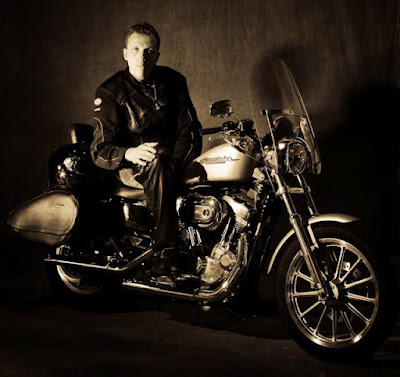 Here is an amaryllis that, from the package, I expected to be white (my intention and desire was to grow a white amaryllis) but turned out red. As it grew, at every stage I wondered, "Is this the right time, the auspicious moment to photograph this?" Yesterday I looked and everything told me, "Yes, this is it."
Here is an amaryllis that, from the package, I expected to be white (my intention and desire was to grow a white amaryllis) but turned out red. As it grew, at every stage I wondered, "Is this the right time, the auspicious moment to photograph this?" Yesterday I looked and everything told me, "Yes, this is it."
I set it under a spotlight and made this photograph. Within an hour of shooting, the two blossom heads began to separate and this progressed through the morning until there were two distinct flower buds.
From the perspective of duality, reality is the world of opposites; it has to be either/or, up/down, time/non-time, but unity is always there. It's like the sun hiding behind the clouds. In choosing that moment to photograph my amaryllis I was aware of the precarious balance between here and there; through my lens I witnessed the play between these two worlds of duality and unity consciousness, two very real worlds that live both as one and side by side. There is always an edge of truth between unity and duality, a fleeting, transient edge of truth. It's a calm place.





















